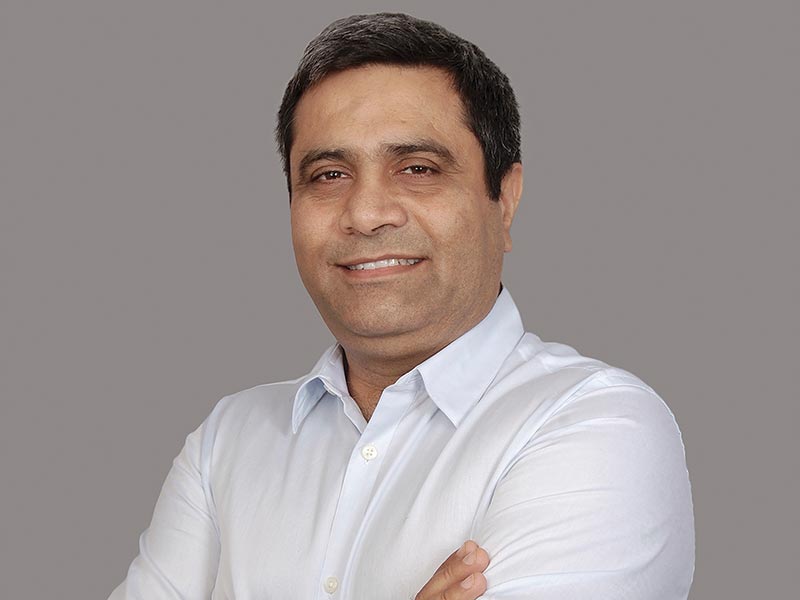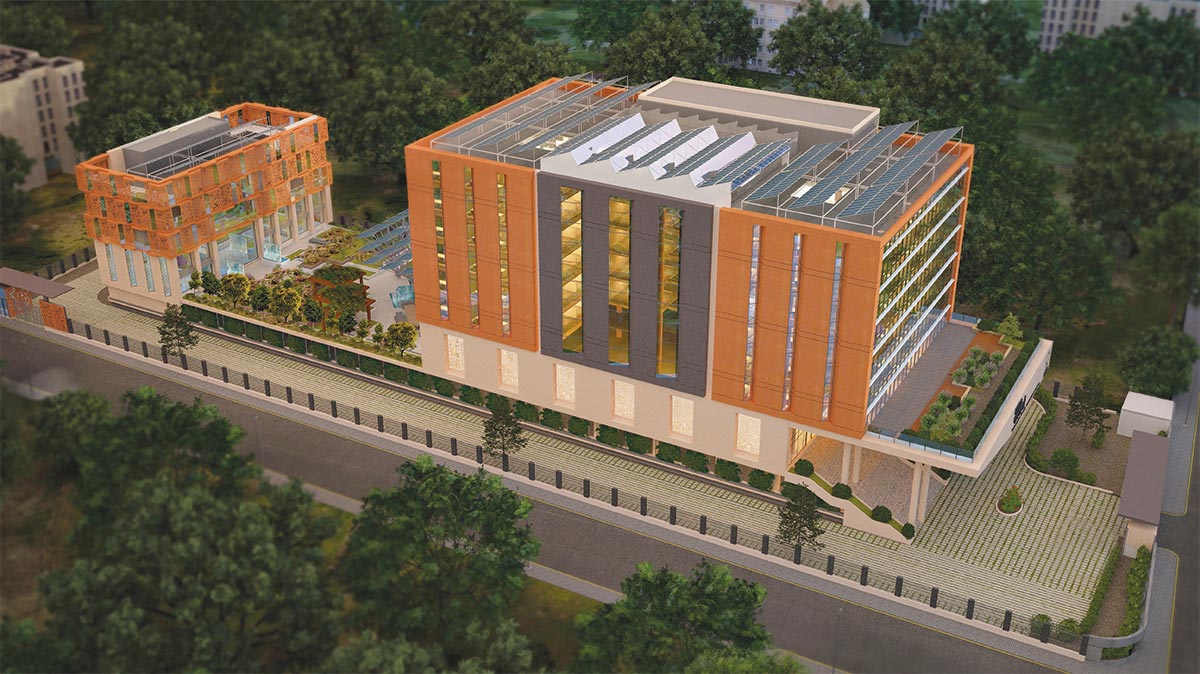
An ideal eco-friendly project, first and foremost, is supposed to be self-sufficient to manage all of its generated dry and wet waste, sewage, storm water and water and energy requirements. However, water and energy needs could be supplemented with city level supply. Secondly, such development is supposed to be concerned about human health and environment; ensuring it does not cause any kind of pollution consciously or otherwise.
India is surely progressing at a fast pace, but the development is rampant and not quite idealistic. While there are constant upcoming ideas, innovations and moves in this direction, yet there are grave issues that lead to unbridled development that brings down the overall impression of our cities. Despite this, if the statistics of the various green building certification governing bodies like USGBC, IGBC, TERI, BEE, etc. are to be seen, then India should be progressing in this direction.
But are we witnessing better quality of air, cleaner water bodies, and more green spaces in the cities with passing years? We don’t have an affirmative reply to this. Notwithstanding, we do have worthy green building projects in public, residential, hospitality, commercial and institutional sectors in overall scenario of development.
In the true sense, sustainable development is not about green buildings per se, importantly, it is also about sustainable infrastructure, implementation of government policies and changing of mindsets at all levels. With this in mind, there is yet more progress to be made to make a real difference. The Indian building sector is governed by not any less number of Government rules, by-laws, codes, guidelines, clearances, NOCs, etc. With all of these in place, we should be having green and pollution-free cities.
 MEDA office & campus, Pune
MEDA office & campus, PuneI feel the right approach is somehow missing in reaching out to all levels to inculcate the sentiment of achieving the goals of sustainable development. Unless the communication to stress upon the intent behind any enforcement is made by using the appropriate language; the efforts of academia and policy makers prove futile. Missing that, it would be yet another code!
Hence, to my understanding, lack of implementation is the first reason for failure or unsatisfactory performance for that matter.
Reaching out to all levels, using the appropriate language, instilling the desired sentiment in all stakeholders, analyzing the effects, improvising the communications, trying again; all possible efforts made, only then we can expect to see the fruits of implementation. The work for this humongous effort to be made to reach out is a compelling task. The want of government level leadership of the caliber, for the like of a revolution in sustainable development, is a major challenge.
I look at Green architecture as a sense of responsibility, we all need to share. In our capacity as planners and designers, we have the opportunity to make a difference to the world around us; we only need to accept it as we think, draw and write!
I admire...
Bosco Verticale, Milan, by Stefano Boeri Architects, is one of my favorite residential buildings. In the current scenario, I ponder on the overwhelming and pressing issue of diminishing human interaction with nature. This is an in-our-face issue inherent with high density developments. In cities with finite land and increasing populations, green space has become a luxury. A report by The Guardian explains that children disconnected from nature won’t fight to save it. To that end, I appreciated the collaborative attempt made to provide for a green experience for every residential unit in the high-rise.















